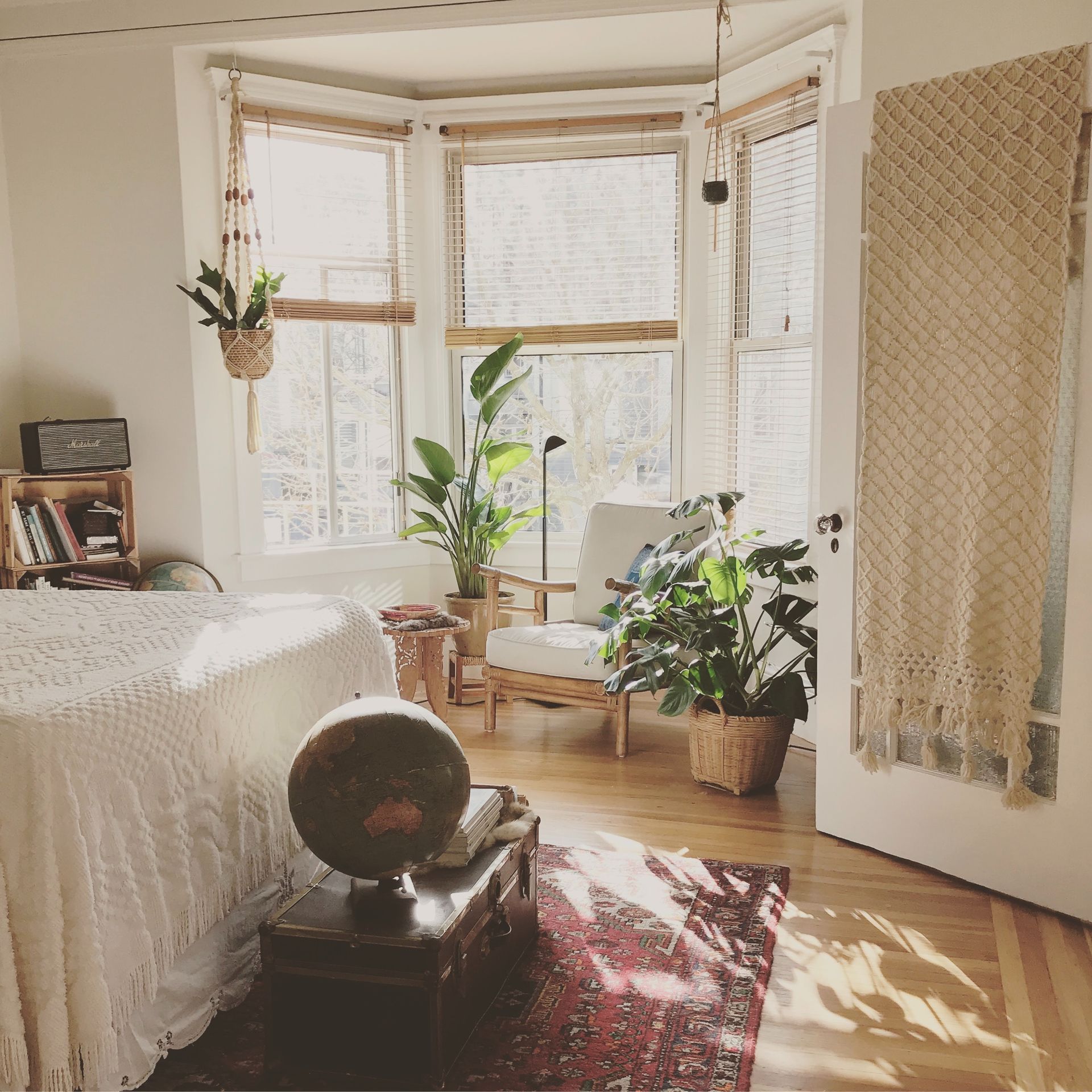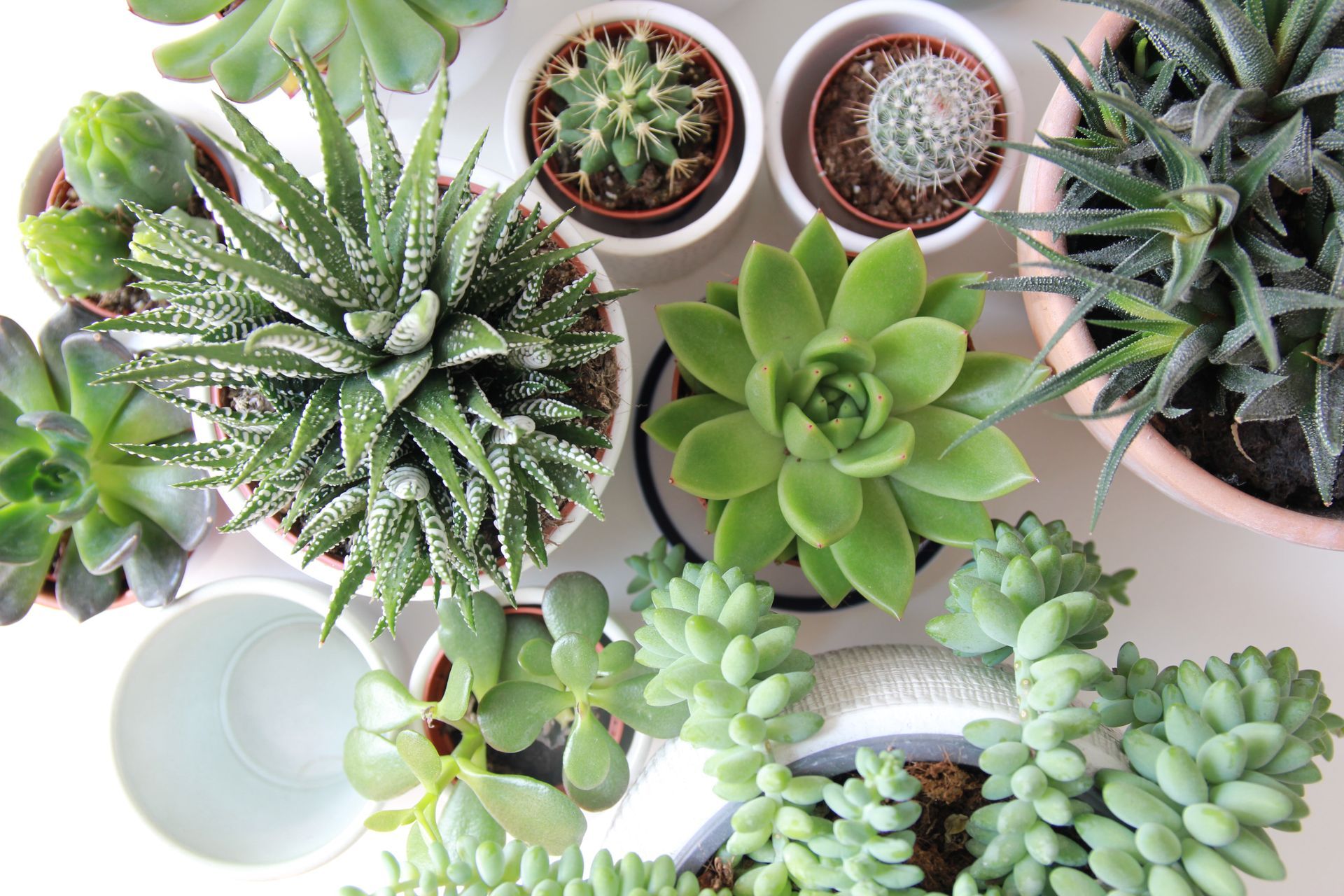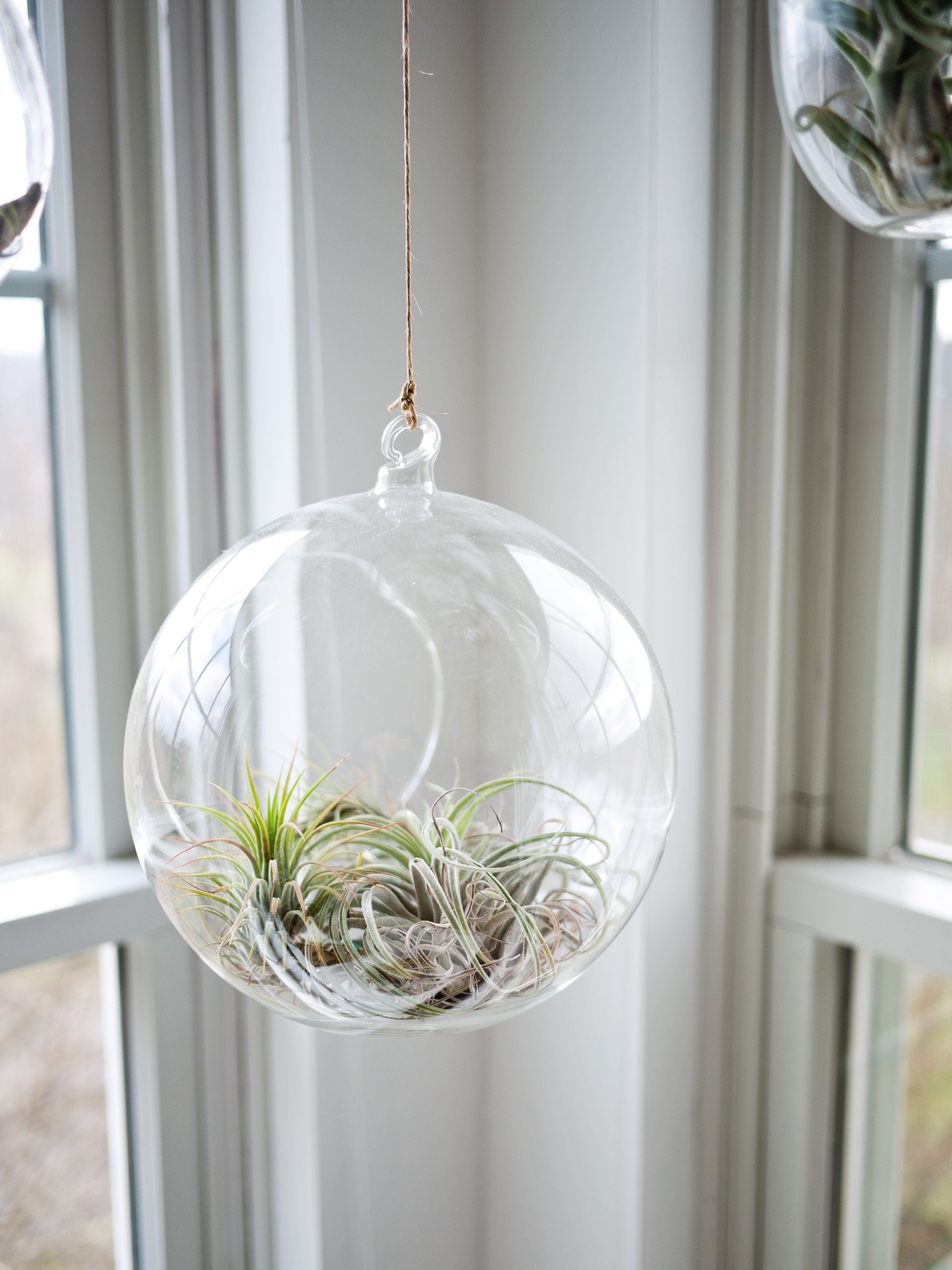Reside Living™
150 N Michigan Ave. Suite 2700
Chicago, IL 60601
Urban Gardening in an Apartment
03-09-2017
Urban living is great. Specifically, urban living in the city of Chicago is great. The only down side is the lack of outdoor space or areas to garden. If you’re lucky enough to have a small patch of grass behind your house (aka a backyard) you take full advantage of it come the spring and summer months. We’ve seen people grow and maintain veggies, fruits and beautiful flower beds. Sadly, many us do not have this option.

However, in the last few years urban gardening has become quite the rage. People are bringing their love of flora indoors, and with good reason. Plants are beautiful! They are a simple design element that bring any space alive. The greenery also helps when you’re in month four of winter and it feels as if you’ll never see foliage again.
We want to be very honest, we were not blessed with a green thumb and are tremendously jealous of those of you who are. The purpose of this article is to explore simple options for first time plant parents as well as options for plant parents with limited space. Our hope is to one day keep a more complicated varietal alive and happy. We can dream, can’t we? Until then we’ll keep working on our skills because as the saying goes, practice makes perfect.

Succulents:
We’re sure by now your familiar with succulents. They are all over the place. You can find them in hotels, stores, homes and even in the bouquet of a bride to be. There’s a reason why this adorable desert ditty is popping up all over the place. They are easy to take care of.
The plants themselves are known to be “drought resistant”. The plant’s leaves, stem and roots are more than usually fleshy by the development of water-storing tissue. Succulents tend to thrive in dry climates and don’t like a lot of humidity. This makes them ideal when living in a city like Chicago where the winters can be long and dry. While they do need water to survive, they can endure extended periods of drought, relying on the stored water and nutrients in their leaves. If their roots are sitting in water for too long they will start to rot and die.

Air Plants:
Tillandsia or Air Plants draw most of their nutrients from the air and do not need to be potted. These plants are incredibly low maintenance and hail from the Americas—the U.S. southern states to northern Argentina. Watering is probably the trickiest part of keeping these bad boys happy. In an interior room, air plants often die from underwatering because we mistakenly assume that the plants absorb moisture from the air. But the fact of the matter is, that like any other plant you must follow a watering schedule and routine. So how do you keep them alive? Here are some tips.
Air, as the name indicates, you must provide lots of air for your air plant. Do you need to give it a fan or blow dryer? No. Just make sure that it’s not sealed up in a closed container so that fresh air can circulate freely around the plant. We’ve made the mistake of placing an Air Plant in a sealed container and the results were not pretty.
Water, without soil this means that Air Plants will need to absorb moisture through their leaves. We suggest giving them an hour-long bath to meet their water requirements. In the summer, they need a weekly soak, where in the winter it’s once every 3 weeks or so. We also suggest misting them once a week to help keep them moist.
To give them a bath, simply remove the air plant from the shell, bowl, or whatever else you have it in and set it in a bowl that is large enough to submerge the plant in water. After an hour, take the plant out and give it a good shake upside down to remove any water pooling inside the leaves. Put the plant back in place and just enjoy its beauty for another 1-3 weeks before it needs another bath.
Light, Air Plants prefer bright, indirect light. A sunny window may be too much light and a dark room will be too little. Find a bright spot in your home, where the sun doesn’t directly beam right at the plant which can burn it. For more information on Air Plants check out the website Handmade Sam Made and this article from Better Homes and Gardens.
Sprout Home Chicago:
Raise your hand if you’ve ever killed a plant… be honest. No seriously raise your hand. If you’ve ever owned a plant, been gifted a plant or gardened, chances are you’ve killed one. Your intentions were of course pure. A little green baby came into your life and you vowed to nurture her (or him), love her and grow her. Things start off fabulously. You place it in a window, get on a watering schedule and check on it regularly. Then you notice a droop, or a shrivel. It’s ok. No biggie, it’s been dry out, it’s been cloudy out it’s been… BAM! Your plant is dead. Yes, folks that’s how quickly it happens. From one day to the next you’ve killed your plant. As silly as it sounds the death of your favorite little flora can be frustrating and traumatic (ok so maybe no traumatic but super sad). We refuse to give up! Plants are a great way to spruce up a room and make a home more inviting. And so we persist.
As we mentioned before our green thumb is lacking. Lucky for us we have the good people at Sprout Home Chicago to lend us a helping hand. We’ve been frequent shoppers at Sprout’s Damen Ave. shop for years now. We love the aesthetic of the store. You will literally want to purchase everything. Aside from the beautiful vessels, plants and art work they have available each Sprout employee is filled with a vast plethora of knowledge. Over the years they have answered many questions, potted our plants and created magnificent decorative terrariums for us. No matter what Chicago neighborhood we’ve lived in, we’ve found it worth our time to visit Sprout Home. If you’re considering bringing some green into your new Reside Living apartment we highly suggest making your purchase from Sprout.

